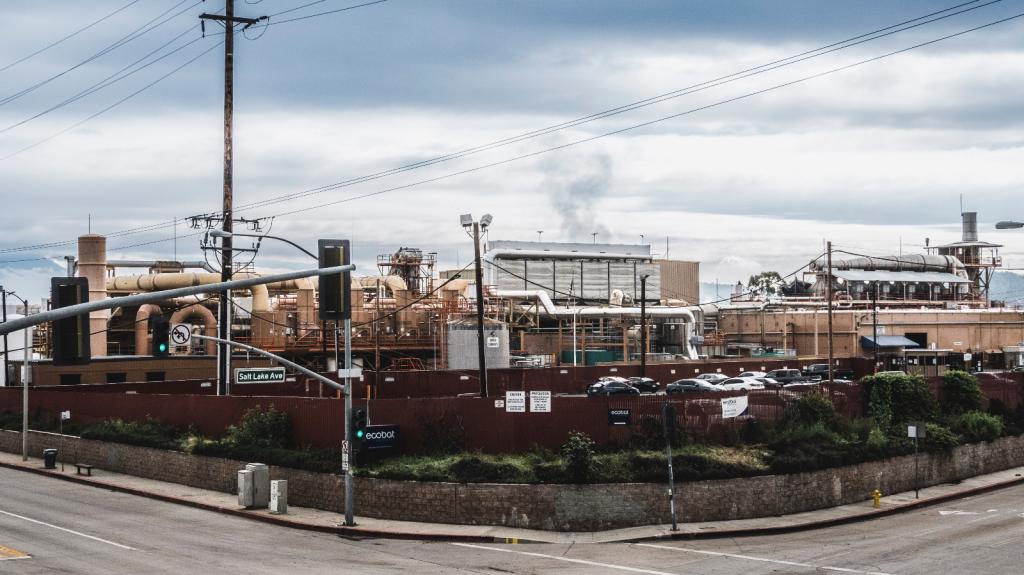Imagine that this past weekend, you went out in New York City and bought a new pair of fancy Diesel Jeans. Then, because you were feeling good, you indulged in a KitKat bar. You forgot your reusable water bottle at home, so you bought a bottle of Poland Spring. On the way home, you stopped by the Kiehl’s store and picked up some face lotion. Oh, and you were running out of cat food, so you grabbed some Fancy Feast at the bodega around the corner.
All of those purchases would have benefitted the same company — Nestle.
Nestle doesn’t own all of those brands. But it’s got a large stake, for instance, in L’Oreal, which owns Diesel. And Nestle’s chief executive just joined the L’Oreal board last month.
It’s not just Nestle, of course, that dominates the food system, as this map makes clear :
If you’re buying brand names, your money’s likely going to benefit one of just a few giganto food corporations. And although this particular map focuses on mainstream consumer brands, increasingly “green” brands also live under the reign of multinational food corporations.
What’s wrong with that? Well, these folks suggest, among other problems, that the concentration of political power and the environmental irresponsibilities of these companies are cause for worry. It’s also just a little strange that the same company (P&G) has an interest in toothpaste, batteries, tampons, and Lacoste polo shirts.



